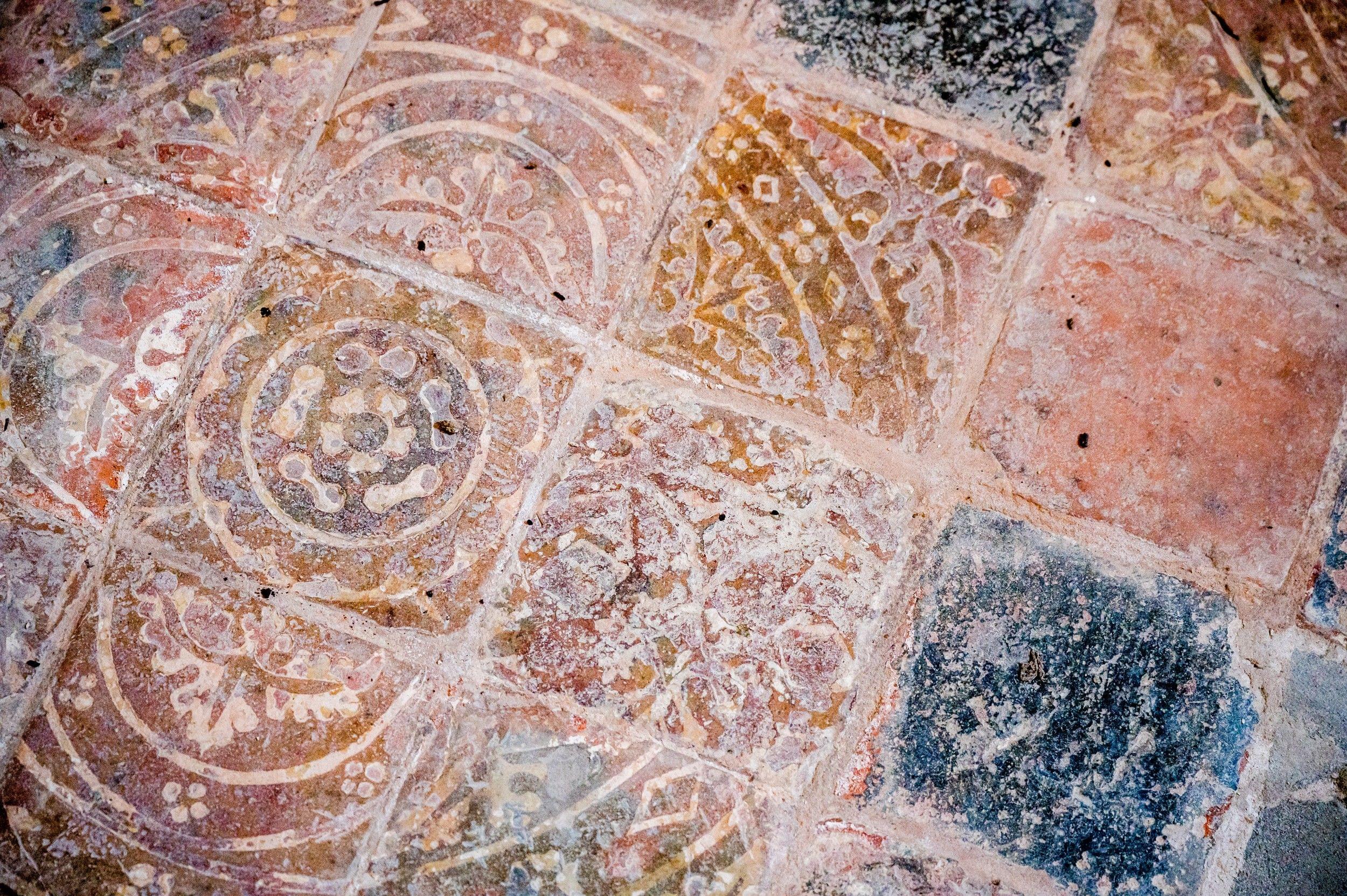St Mary
Adderbury, Oxfordshire
This splendid church is one of the greatest to be found in Oxfordshire.

You can spot this church from miles away although it lies in the Cherwell Valley, its spire, dating from around 1370 is both the most beautiful and tallest in the county at 60 metres high.
Kings Sutton, Northamptonshire
The church is a splendid example of late medieval English building, so harmonious that it looks like a gothic model when seen from the village green.
Inside the story is more complex as remains of the Norman church vie with late gothic, all sensitively restored by Sir George Gilbert Scott in the 1860s. It is a large building, light and grand, with a smattering of Victorian stained glass and a reredos with painted panels by EW Tristram.
One very unusual thing is the monument in the chancel to Sir Thomas Langton Freke who died in 1769. Not only is the subject matter extraordinary with the risen Christ trampling over a skeleton, its ribs hideously exposed, it is also made of plaster rather than marble. At the rear of the church on the floor you will find the 17th century turret clock rescued and restored 1968.
Adderbury, Oxfordshire
This splendid church is one of the greatest to be found in Oxfordshire.
Warkworth, Northamptonshire
The church is a sole survivor of a complex of medieval and Jacobean buildings which constituted first Warkworth Castle and from the 17th century a large Jacobean house.
Croughton, Northamptonshire
The remarkable feature of this church is the series of 14th century wall paintings which were discovered almost a century ago by Professor Ernest Tristram, the authority on such works and a professor at the Royal College of Art.